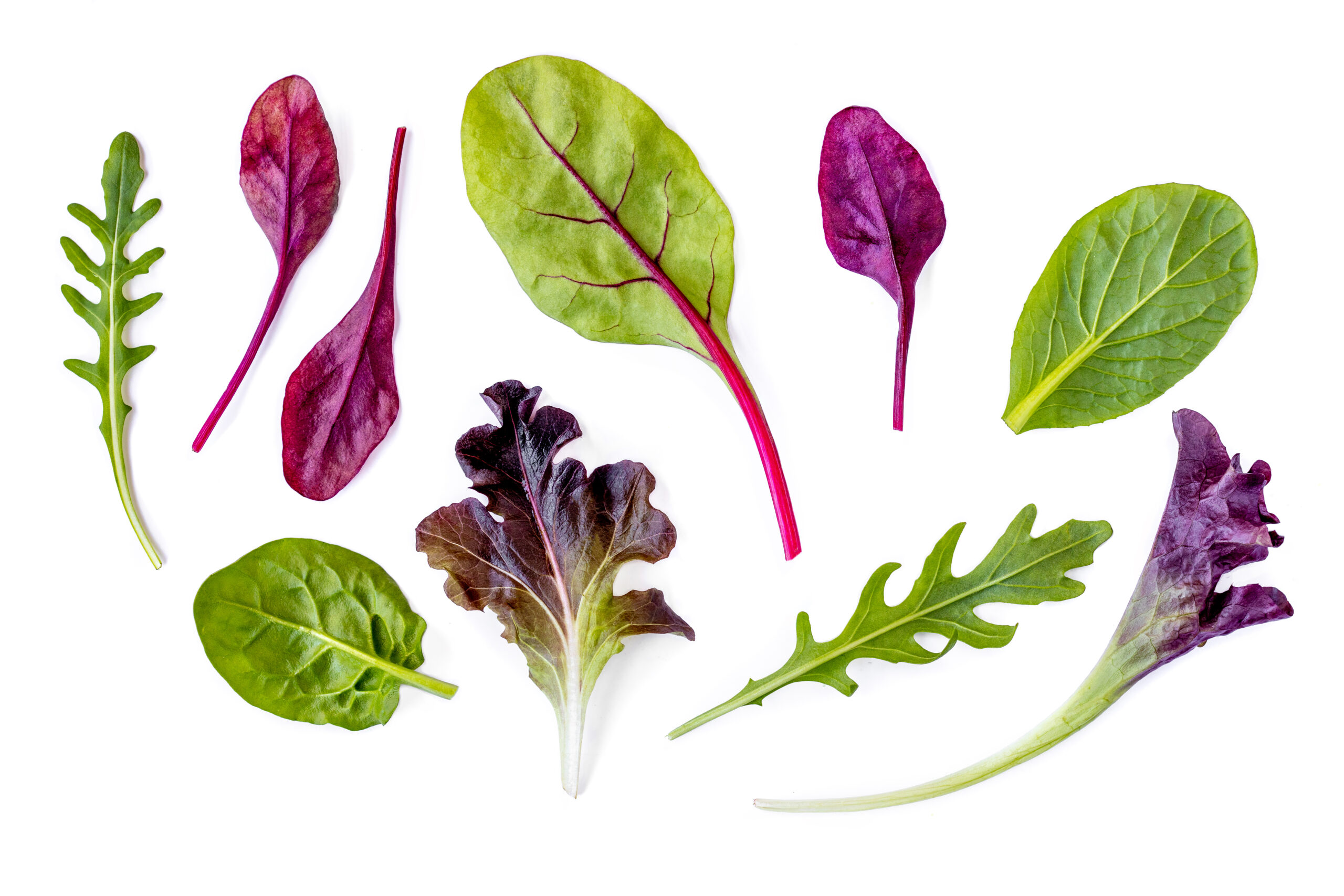Wageningen’s gene bank is sending its lettuce collection to China for gene sequencing. The resulting genetic data will be publicly available, says Theo van Hintum, head of the gene bank for plant resources.
The Centre for Genetic Resources, the Netherlands (CGN) in Wageningen has the world’s best lettuce collection, with 2546 samples including cultivars and wild varieties adapted to local environmental conditions. The more samples, the more genetic variety. At Van Hintum’s request, the collection is currently being sequenced by the Beijing Genomics Institute (BGI) in China.
Who will have access to that data?
‘We as a gene bank will make the data publicly available as digital files. The data will first appear in the publicly accessible China National Gene Bank database and may later also be published in a European database. Globally, the three major genetic data bases are in Europe, the US and Japan—all of them publicly accessible.’
And now China is building one too?
‘It seems so. We know that China doesn’t necessarily publish all its genetic data, just as companies sometimes keep some information to themselves. That’s why we’ve made clear agreements establishing how BGI will go about the work and building in safety mechanisms. We tested the quality of the first dataset BGI produced, for instance, and it proved to be good and complete.
But you need trust as well as tests. We talked a lot with BGI, getting to know our collaborators there and producing a scientific publication together. They know a lot about DNA, we know a lot about lettuce. So far, the relationship has lived up to expectations.’
Why not sequence the lettuce DNA in the Netherlands?
‘Yes, that is a bit odd, because almost all the big plant-breeding companies are in the Netherlands. It comes down to the costs. In an earlier Dutch project we sequenced 100 lettuce samples. In China, we’re doing 2500 samples.
We’ve made clear agreements and built in safety mechanisms
Maintaining CGN’s gene bank is a statutory research task, you see, so we have to be independent and fully transparent. Our goal is to make as much information as possible about properties and DNA available to our clients.’
Do you work with companies too?
‘Absolutely, in a variety of ways. Lettuce farmers, for example, have been wrestling with a mould-like pathogen called Bremia. To stay ahead of the disease, companies have to keep cross-breeding their lettuce varieties for resistance genes. Under our coordination, the plant-breeding companies scan the lettuce collection every few years to look for resistance genes that are effective against new strains of Bremia. Two companies will then check the sample and we share the results. Participating companies receive all the information directly and we make the data publicly available after three years. As a result, companies are able to invest in disease resistance and we get a fantastic public database.’

 Photo: Shutterstock
Photo: Shutterstock
Why China in the title? Isn’t that any country and individual have access to the public database? Why did the title only mention China? Is that kind of bias or strange? What’s the intention?